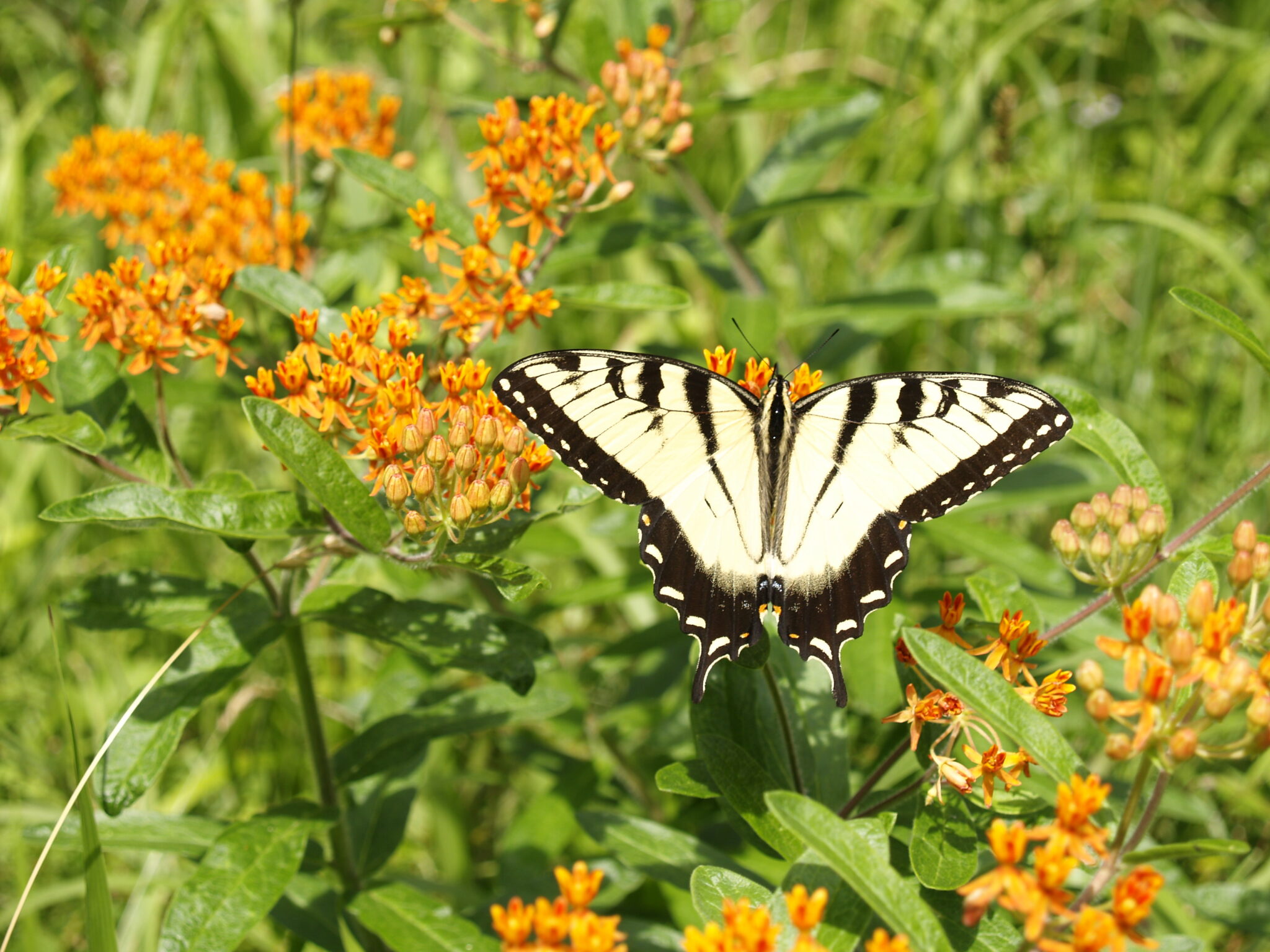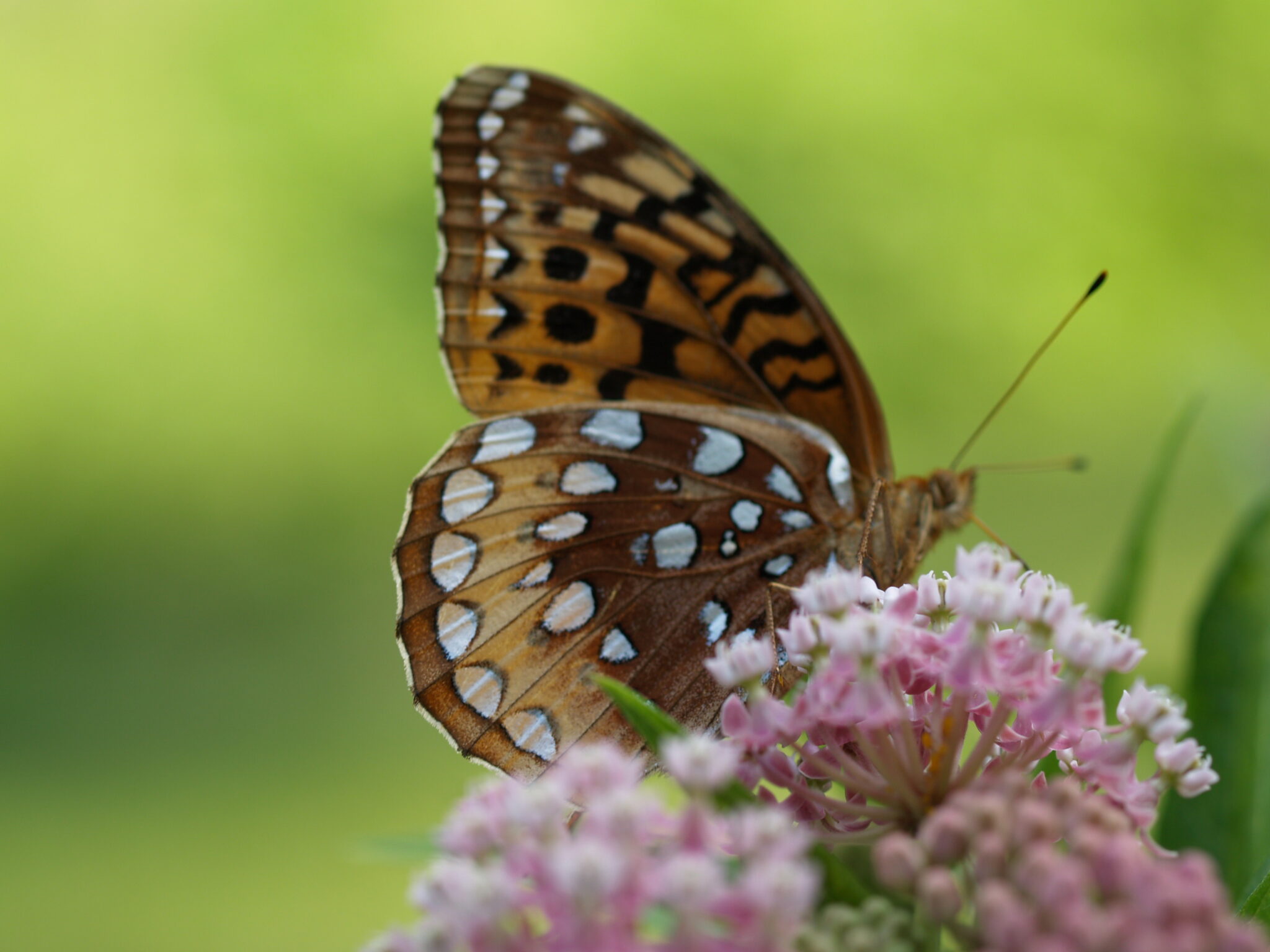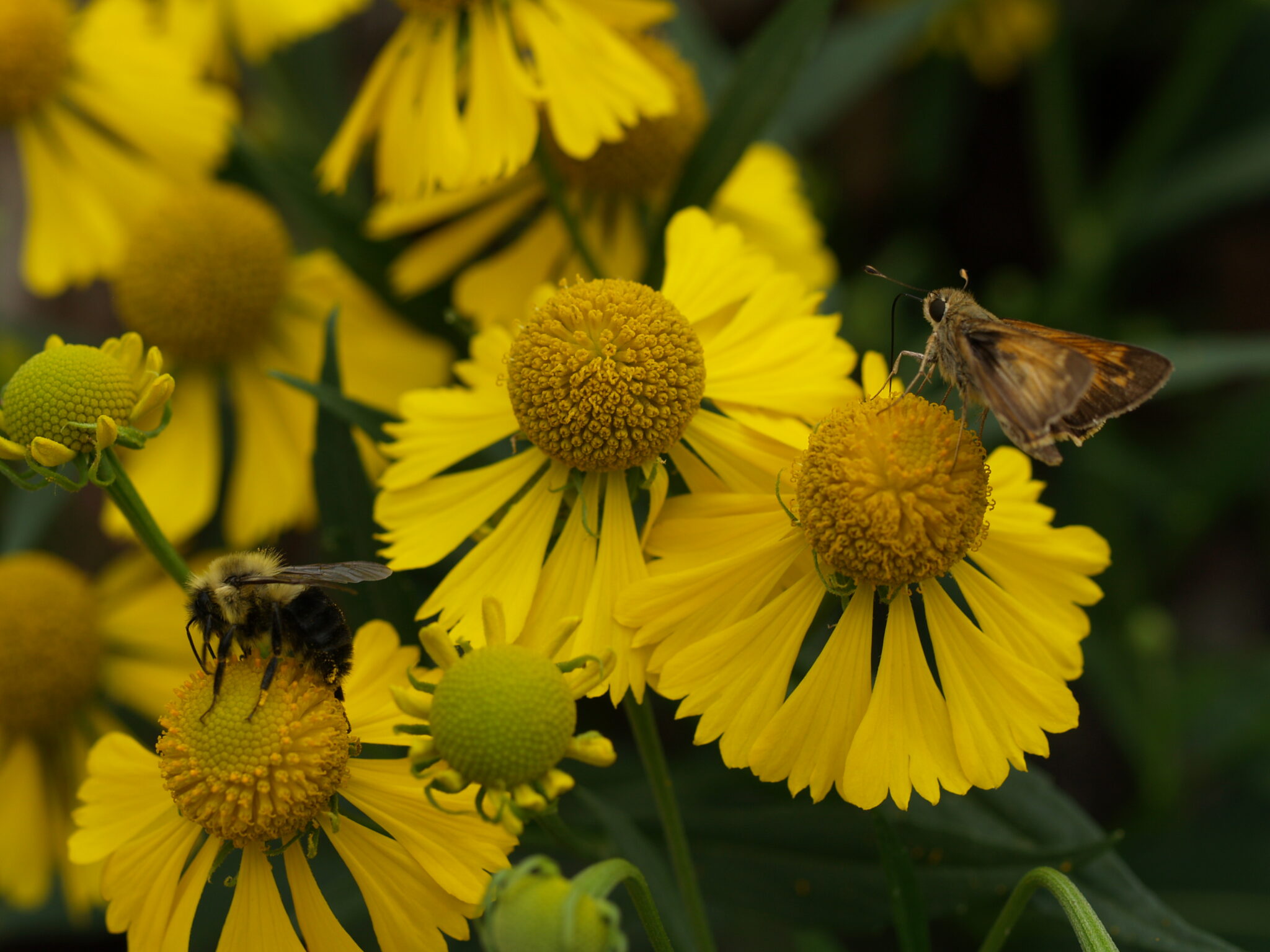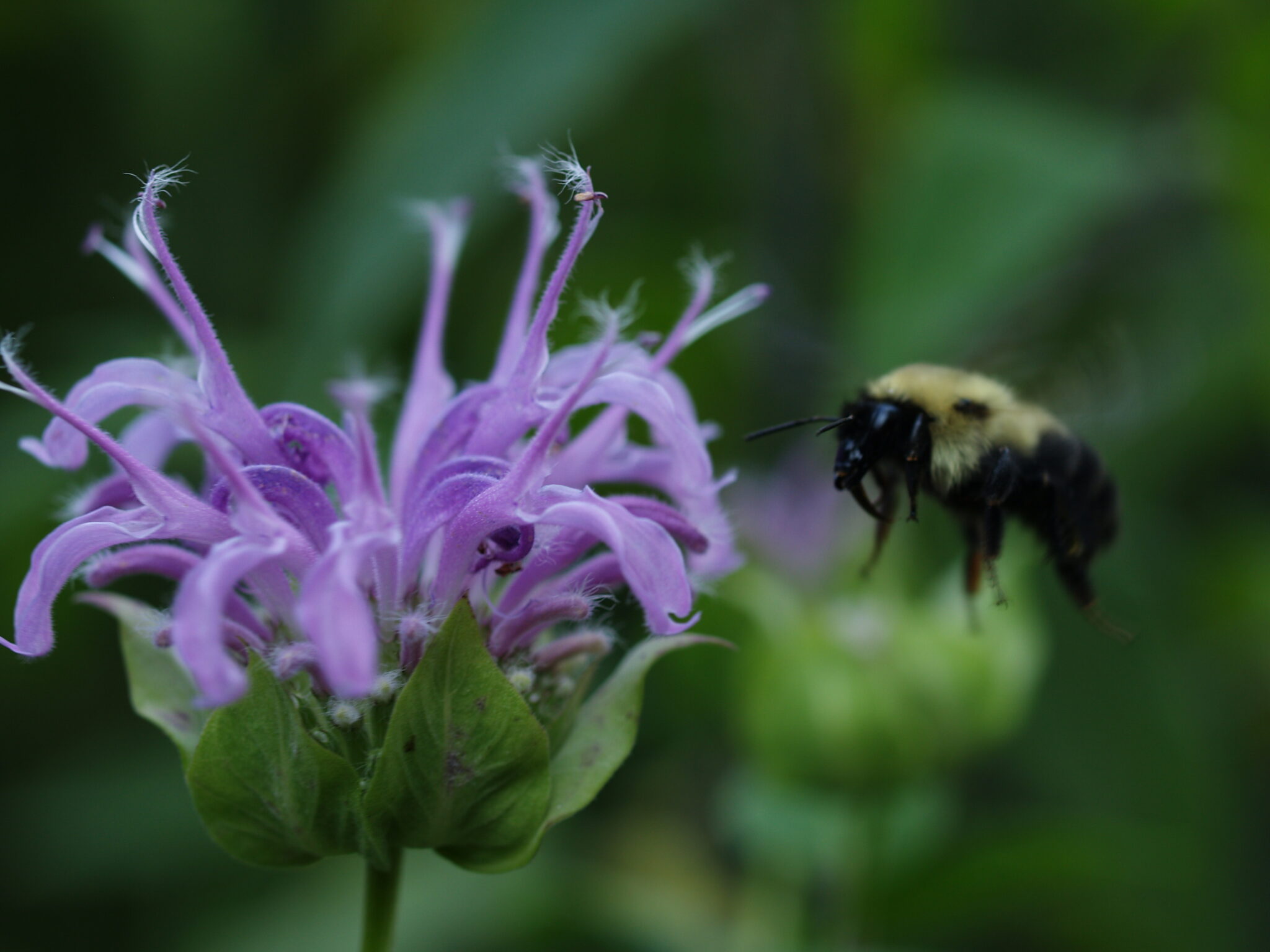The Conservancy is working with the Narberth Area Garden Club, the Friends of West Mill Creek Park, the Penn Valley Civic Association, the Penn Wynne Pollinators and individual gardeners to bring the Pollinator Pathway to our area. The Pathway is a nation-wide effort to expand wildlife habitat and reduce pesticide use. We hope to create a network connecting existing habitat with new gardens, thinking beyond the arbitrary restrictions of property lines.
To join the pathway, simply grow plants indigenous to our region – also known as native plants – and eliminate pesticide use. Large swaths of our unbuilt landscape are planted with turf grass and shallow-rooted, non-native ornamentals, which provide minimal value to wildlife. Worse yet, many non-native plants require fertilizers and pesticides to grow. These chemicals pollute our ground and our water, putting our health at risk. Replacing turf grass and non-native ornamentals with native plants instantly creates habitat and eliminates the need for chemicals. Be sure to avoid mosquito treatments too, as they will kill many of the pollinators your native plants attract.
The Pathway will also benefit our streams. In developed neighborhoods like ours, buildings, roads, driveways, and sidewalks prevent stormwater from absorbing into the ground and channel it away to streams, causing flooding. Turf grass – which has thick, shallow roots – has a similar effect. Native plant root systems grow to a range of depths and loosen compacted soil, allowing more water to absorb and reducing flooding. Native trees are particularly effective, because their roots can handle large amounts of water. As a bonus, tree canopies direct water towards their trunks, so less stormwater lands on nearby surfaces.
Pollinator Pathway signs are appropriate for any Pathway garden, whether you are new to gardening or have been providing habitat for years. You do not need to purchase a sign to join the pathway but if you are interested, use the button below.
To learn more about native plants, visit Michelle Detwiler’s site Wild About Native Plants and the Conservancy’s What to Plant page – which features one of Michelle’s lectures. If you have any questions, email [email protected].



